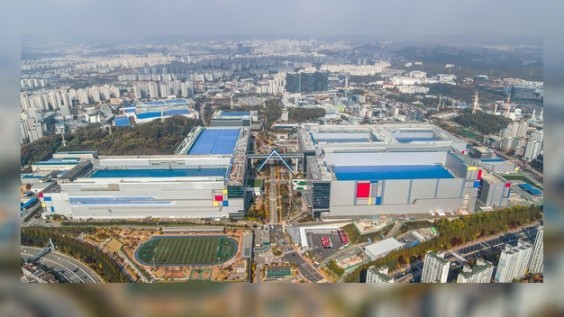Influenced by bad weather in Japan, Micron's DRAM plant was out of power, and Renesas' MCU plant was shut down

(The picture comes from the Internet)
Recently, Japan's No. 4 typhoon "Avery" this year made landfall near Sasebo City, Nagasaki Prefecture, Japan, affecting the production and operation of many Japanese semiconductor factories.
Prolonged power outage at Micron's Hiroshima plant affects supply of DRAM products
On July 12, Micron issued a press release stating that its Hiroshima DRAM manufacturing plant experienced a prolonged power outage on Friday, July 8, 2022, due to severe weather in the region. All Micron team members are safe.
Micron said operations have returned to a lower level after the power outage caused the plant to shut down some facilities and will continue to resume next week. Micron was evaluating chips that were in production at the time of the incident to determine whether the products met the company's stringent quality standards.
Micron expects production losses and associated cost implications for both productivity and chip scrapping in the company's fourth quarter of fiscal 2022 and first quarter of fiscal 2023.
It is understood that at present, Micron is evaluating the impact of the incident on the near-term supply and is working hard to use the existing inventory and its remaining DRAM factories to meet the key requirements of customers. Micron said it will release the latest news to customers according to the situation.
TrendForce survey: spot price has not changed
In response to the power outage, an analyst at TrendForce, a global market research firm, said that Micron's Hiroshima power outage lasted about 5-10 minutes. After the outage, the UPS power supply intervened immediately, and some wafers were damaged but the situation was not serious.
According to TrendForce, Micron's Hiroshima plant currently has a production capacity of about 115,000 pieces per month, which is about 30% of Micron's full DRAM production capacity.
TrendForce believes that the current DRAM inventory can fully make up for the loss of production, and the impact on Micron's F4Q22 DRAM revenue is very small.
In terms of the market, TrendForce believes that the spot price has not changed so far. According to a recent forecast by TrendForce, DRAM prices will drop by nearly 10% in the third quarter of 2022.
As we all know, Micron is the third largest DRAM factory in the world. According to data from TrendForce, in the first quarter of 2022, Micron achieved revenue of US$5.719 billion, a year-on-year increase of 2.4%. The rate was 23.2%.
It is reported that Micron Japan's Hiroshima plant was acquired when it acquired Elpida in 2013, and has been actively investing since then. At present, the production process of the plant is mainly 1Z nanometer (accounting for more than 50%) and 1Y nanometer (accounting for about 35%).
In June this year, Tokyo TV reported that Micron executive vice president Manish Bhatia revealed for the first time in an exclusive interview that it plans to use the Hiroshima plant in Japan to produce DRAM products in the 1β process in the second half of this year.
Renesas MCU factory resumes normal operations with about a week of lost production
It is worth mentioning that in addition to Micron, semiconductor manufacturers affected by bad weather in Japan also include Renesas Electronics, a leading automotive chip manufacturer, located at the Kumamoto Kawajiri plant in Japan.
According to a statement released by Renesas Electronics on July 6, the company's Kawajiri plant in Kumamoto was hit by lightning on July 5, causing an instantaneous voltage drop, causing 90% of the equipment to be temporarily shut down. The Kawajiri Plant mainly produces automotive MCUs and other products.
The latest news is that Renesas Electronics announced on the 11th that production operations at the plant have returned to normal.
According to Renesas, the production loss caused by the scrapping of semi-finished products and production stoppages is equivalent to about one week’s production, which is halved from the original expected loss of about two weeks’ production.
Parts of materials of this site come from the internet, please contact if there is infringement





